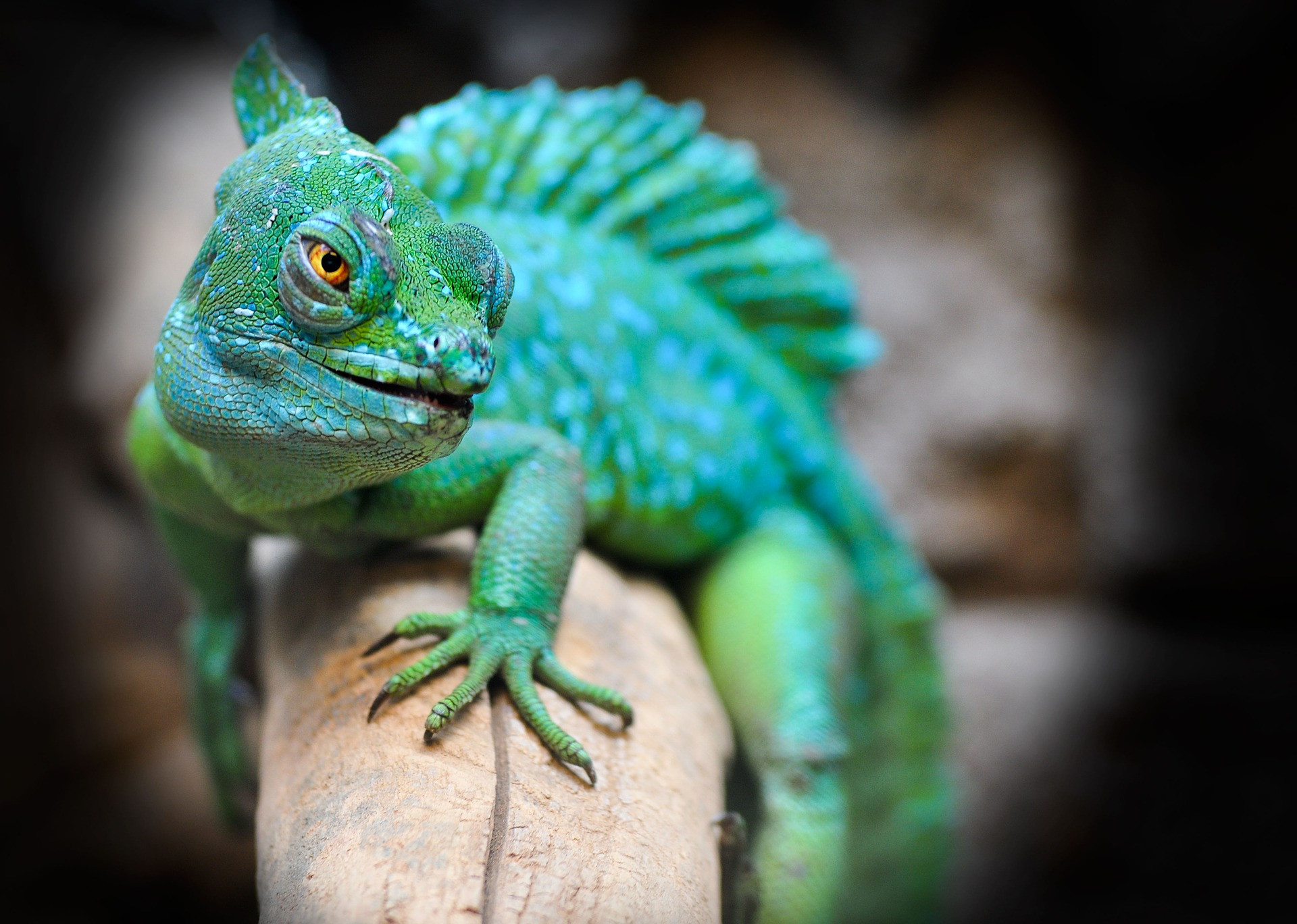Sales of exotic animals have increased considerably in recent years. It is, to a large extent, a profitable, growing and unregulated market that has forced different states to call for positive listings of species based on the safety and welfare of animals and the environment.
The growing interest in exotic animals has led veterinary clinics to face new challenges in healthcare. In this way, training for veterinarians has evolved, incorporating new knowledge about these species into their programs, in order to provide professionals with the latest scientific evidence to guarantee the quality of care.
The first study on trade in exotic mammals in Spain, published in 2019, revealed important data on the ownership and sale of these animals. Thus, experts pointed out that birds, mammals, reptiles and wildlife are the main exotic species that regularly visit veterinary clinics.
QUALITY PRACTICES FOR EXOTIC PETS
Exotic pets pose a serious safety risk, in many cases due to their predatory, aggressive or poisonous nature. They can also be a public health problem, as they are often animals carrying zoonotic diseases.
These special pets, when in captivity, can present pathologies derived from a poor management in maintenance and feeding, so it is important to know all those peculiarities of exotic species.
In addition, some exotic animals tend to mask their pathologies, although they can become urgent, so it is essential to know all these features.
For this reason, in recent years, veterinary professionals have had to deepen issues such as diagnostic imaging, pathology, ophthalmology, anesthesia, monitoring surgery and traumatology applied to exotic species. Thus, in order to provide a quality medical service in the current context, experts indicate that veterinarians must have the following competencies:
– Determine the most important biological characteristics of these species in order to obtain general knowledge and a strengthened basis.
– Compile the most common diseases of exotic mammals, classify and examine the most common diseases according to their origin: bacterial, fungal, viral, parasitic, hereditary and other health problems.
– Development of specialized knowledge in the treatment of emergencies in cases of bleeding, bone fractures and their treatments in emergencies.
– Establish protocols for anesthetic emergencies as with any anesthetized animal.
– Establish the routes of administration of drugs and assess the degree of stress produced in each situation; punctual stress, sustained stress and environmental stress.
– Examine changes in the behavior or aspects of the animal that appear after a pathology.
– Development of specialized knowledge on the most advanced surgical techniques, with updated anesthetic protocols.
– Develop the prevention of risks to the public, zoonoses and the escape of animals.
– Make management plans, nutrition, deworming, vaccination, reproductive management and hygiene.
Establish the necessary guidelines for each medical treatment.
EXOTIC ANIMALS AND INVASIVE SPECIES
It is important to differentiate exotic animals from invasive species. The first are all those species that are different from cats and dogs. In this sense, rabbits, parrots and hamsters, among others, can be considered exotic.
On the contrary, invasive species are those that can cause an ecological disaster if they escape or are abandoned, leading to changes in the richness and diversity of ecosystems.
Among the most common exotic pets kept in Spanish homes are ferrets, rabbits, nymphs, guinea pigs, chinchillas and iguanas.
However, there are exotic animals that may pose a risk to the environment, while there are other species that, on the contrary, pose no threat. Thus, the Spanish Catalog of Invasive Alien Species aims to differentiate those species which pose a risk to the environment from those which do not, in addition to regulating the keeping of those animals.
